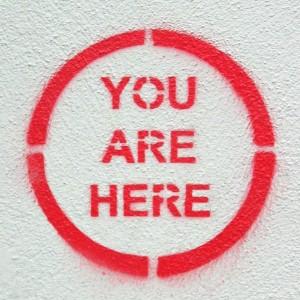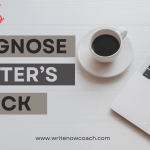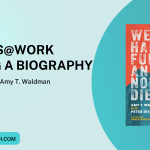Countdown to NaNo: The Where
 Earlier in this blog, I talked about setting the book in a place you’d love to vacation. It’s not a bad idea. Chances are if we like the setting of our novel, our readers will find it a wonderful place to visit, too.
Earlier in this blog, I talked about setting the book in a place you’d love to vacation. It’s not a bad idea. Chances are if we like the setting of our novel, our readers will find it a wonderful place to visit, too.
Think back to your favorite books. No doubt part of what made them so delicious, aside from the interesting characters, was the setting. When I picked up Louise Penny’s book Still Life earlier this year, I fell in love both with her leading character, Chief Inspector Gamache, and the town the books are set in—Three Pines. Now that I have read all seven of her books, I’m ready to move there!
As an author, your job is to create a place where your characters can blossom. Your novel’s setting is not just a place for a character to hang her hat. The place reveals the mood of the drama, the histories and secrets of the characters, and can contribute to the action that takes place. In Karen Russell’s novel Swamplandia!, much of the plot and character development evolves from the setting in a rundown tourist attraction in Florida.
Today, sketch some notes about where your book will take place. If your book is set in a real city or town, find and bookmark websites that you can use to help you during the writing process. If it is a place in your imagination, you may want to draw a map of the town or the buildings the action takes place in.
Think about
*Place names
*City and state
*Year
*Season. What is the weather like?
*Locations where the actions take place—a house, a restaurant or coffee shop, a university. What do these places look like? How are they decorated? What is the foliage like? Are there people hanging around who are part of the description of the place?
Extra Credit! In 2008, I attended the National Writing Project’s Summer Institute for teachers. In the class, one of my all-time favorite writing exercises came from our teacher Jim Vopat’s book, Micro Lessons in Writing: In the Hood. For In the Hood, the writer draws a map of one of the neighborhoods they’d lived in. As we drew, we jotted down notes about events that happened in various parts of our neighborhood, yard, or house. When we finished drawing, we wrote a story using one of the ideas that emerged from drawing. Writers, you can use this same method for your novel’s settings—but instead of recalling events, you are creating them. Try making maps of your characters’ homes, neighborhoods, and favorite haunts. You can even clip photos from magazines to help you visualize the setting or decor. Enjoy!















After reading your blog I added it to my feed. This was awesome and on time! I did a blog post about how confused I was with my setting and how it felt drab to me…and quite honestly settings do count very much in writing.
So thank you and I am ready for Nanowrimo 2011!
Erica, that’s really cool. Thanks for adding it. And good luck with nano,